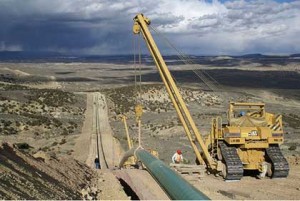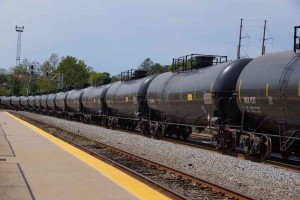Beware of Cats
It started innocently enough. I like to get on Facebook, and some of the people I am friends with are into the animal rescue thing. Lots of cute pictures of cats and dogs. I didn’t pay much attention to them until this great cat picture appeared. I liked it, laughed, and shared it on my page.
It is important when using social media to avoid posting material one might regret later. I have ADD, and one characteristic of my condition is impulsivity. I get myself into trouble. I don’t do Twitter as a result. I also watch my behavior on Facebook and have seldom made a fool of myself. But, I posted a cat picture.
This time, however, it all went bad. I haven’t posted anything rash, but that one act, posting a cat picture, has led to my moral decline. I look at too many animal pictures, Like them, and even follow links. Even more dangerously, I find myself following ever more decadent Internet pages. Stories about Kardashians! Jenners! Brad and Angelina! Republicans! Media liars!
I have worthwhile things to do with my life, but my time is increasingly going to meaningless pursuits. I even found myself looking at The Enquirer in the checkout line yesterday. I fear that I may even start watching reality TV shows. Oh, the horror! Will I switch from The New York Times to the Daily Mail? Watch Good Morning America?
My worst nightmare is watching Fox News. I have managed to avoid that so far, but I feel myself weakening. I used to avoid most sports writing and programming, but I found myself talking to my wife about Lance Armstrong this morning. I also tend to follow attractive woman athletes. Mixing my weaknesses together.
Will I have to have ESPN now? Will I find myself at Nuggets and Avalanche games? Will I start following the sports betting lines from Las Vegas? Even worse, will I be at Caesars Palace instead of Carnegie Hall?
Remember, Dear Reader, that a cat caused this crisis.



